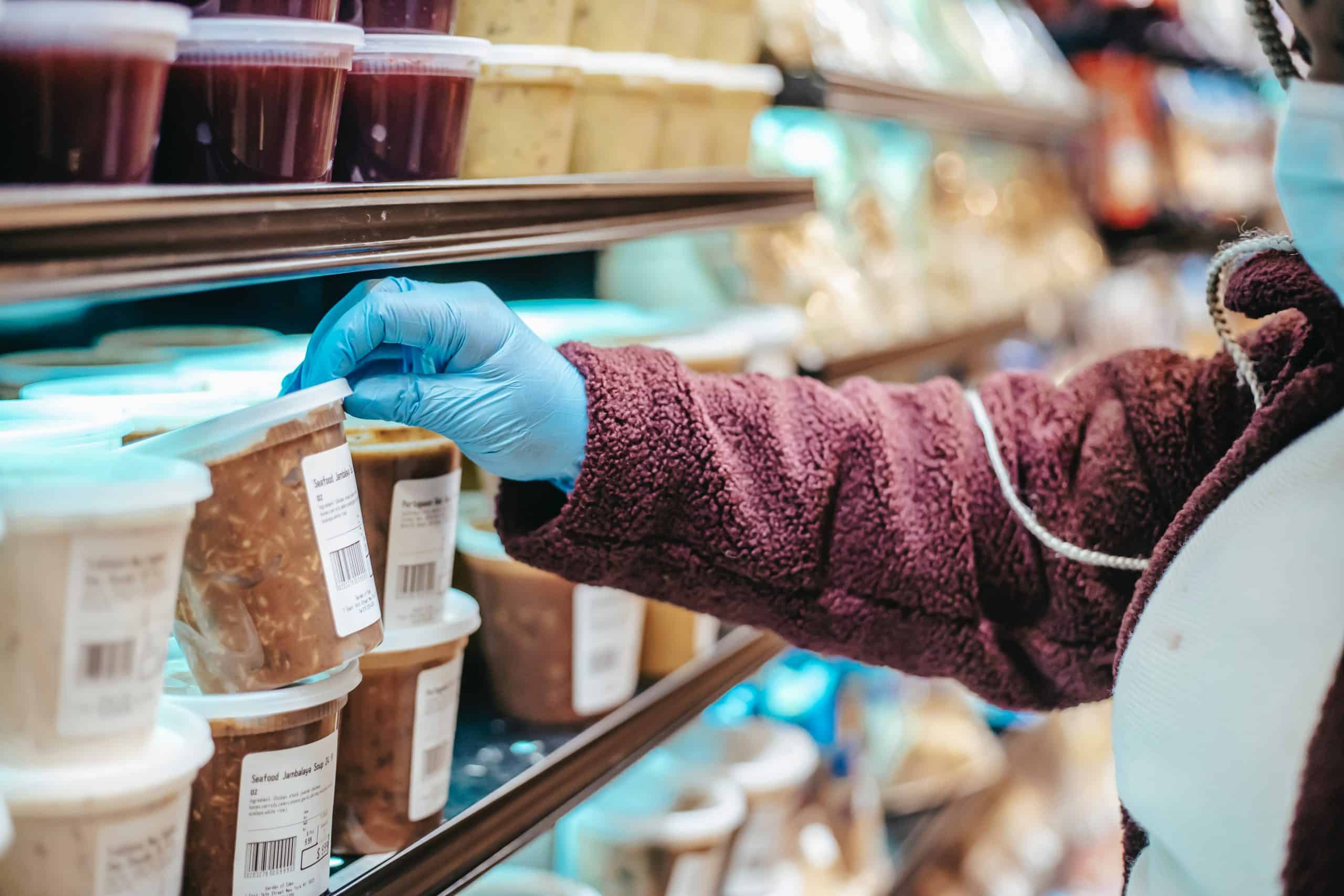
Food waste
One area in which plastics make a major contribution is food packaging.
One area in which plastics make a major contribution is food packaging. Around 1.3 billion tons of food is wasted every year around the world. Plastics, and particularly plastic packaging, offer an ideal solution to help combat this waste. They provide numerous resource-efficient options to deliver food of the highest quality and with maximum shelf-life to consumers in portion sizes adapted to modern lifestyles. This significantly reduces food waste, energy consumption and the resources used.
Here are some examples of innovative plastics packaging demonstrating its sustainability benefits and its contribution to reduced food waste.
Reduced food waste
One of the causes of food loss in developing countries is the lack of appropriate packaging and transportation solutions to maintain its quality and freshness on the journey from farm to fork. In Europe, only 3% of all food produce is lost, compared to 40% in developing countries. As solutions to these challenges become available in developing countries, food wastage will decline dramatically.
Extended shelf life
Food remains fresher for longer in plastic packaging. The shelf-life of beef can be extended by five to ten days, or even longer, when using the most advanced plastic packaging solution.
Hygiene and safety
Plastics protect against contamination of food and provide a barrier against microbes, moisture and UV light. The packaging also prevents physical damage, which is especially important for the transportation of vulnerable fruits such as raspberries.
Improved sustainability
Plastic packaging achieves more with less: It is often lighter than alternative materials and therefore helps to save transport costs and resources. It is also very resistant to moisture, heat and cold, facilitating convenient storage and distribution options.
Too valuable to throw away
Plastic packaging retains its value even beyond its end-of-life. It can be recycled into new products or recovered as energy, thereby saving fossil fuels.
Saving resources
Plastics offer the same or improved performance with significantly less material compared to alternative materials, thereby saving energy, fuel and resources. If food was packed using materials other than plastics, the related energy consumption would double and greenhouse gas emissions would nearly triple.
Innovating to meet today’s challenges
Multi-laminated plastics films provide unparalleled shelf-life for perishable food. The use of compatibilisers provides growing opportunities for the recycling of these materials.
Innovating to meet future challenges
The first commercial manufacturing plant that captures CO2 emissions for the production of plastics is now operational. Researchers are now bringing to the market technology to breakdown non-recyclable polymers into feedstock for the production of new virgin polymers and other products, saving natural resources such as gas and oil.